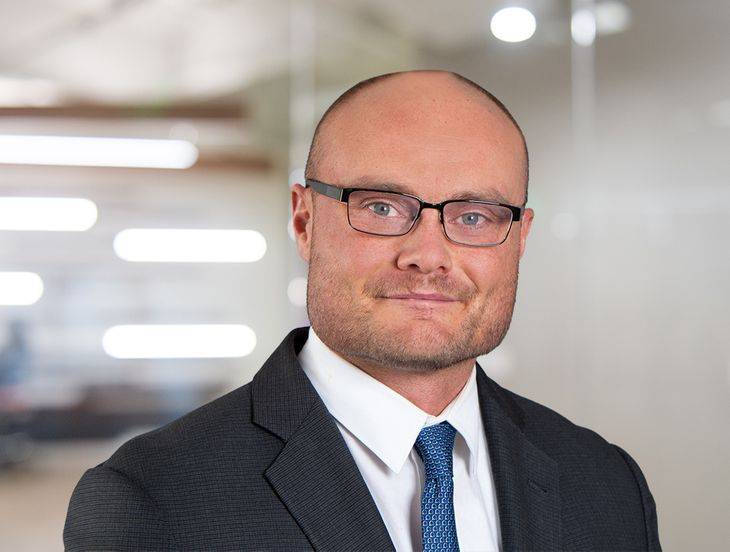Goodbye to Popeye the Sailor Man? Autonomous Ships Hit the High Seas
Insights
9.19.18
$1,500,000,000,000. That’s a lot of zeros. But $1.5 Trillion is also the value of cargo that was transported through the shipping industry in U.S. ports alone in 2016, affecting and including over 3 million jobs on the coasts and Great Lakes regions.
While the autonomous revolution is clearly underway for all industries, autonomous shipping has quietly taken the lead in terms of regulation and seaworthiness of the vehicles. Given the amount of international revenue at stake, and the upcoming International Maritime Organization’s (IMO) global sulfur limit for bunker fuels in 2020, there are many reasons why companies and employers have been interested in the development of zero emission and autonomous ships.
The Race is On
The Yara Birkeland will soon be the world’s first fully electric and autonomous container ship, with zero emissions. Currently in the process of being finished and tested for a Norwegian agricultural fertilizer company, the vessel will be the first of its kind when it launches in 2019.
Following this lead is Rolls-Royce, which heads the Advanced Autonomous Waterborne Applications Initiative (AAWA). This is a project funded by the Finnish Funding Agency for Technology and Innovation to bring together ship designers, equipment makers, and universities to examine the future of autonomous ships. Rolls-Royce has made clear its optimism for the industry and predicted short run capability container ships will be sailing by 2020, with ocean-going vessels taking float by 2025.
Also joining the race is the Japanese Ministry of Land, Infrastructure, Transportation and Tourism, which earlier this year announced a joint project between Mitsui O.S.K. Lines and Mitsui Engineering & Shipbuilding Co. to develop autonomous ships. The joint project plans to bring together the research and development capabilities of the group, with the hope that the shared expertise will allow Japanese shipping companies to have autonomous ships by 2025.
Regulatory Hurdles
The IMO is the primary convention which implements regulations that cover the majority of the world's combined merchant fleet. Under the current IMO global regulations governing ocean-going vessels, all vessels must be “properly crewed.” As a result, fully autonomous, unmanned ships aren’t allowed in international waters and are only being tested in close operations to their home countries’ coasts.
Yet, in May 2018, the IMO’s Maritime Safety Committee’s agenda included a new item “Regulatory framework for Maritime Autonomous Surface Ships (MASS).” Under the current preparatory study, the IMO is looking into several critical issues: the human, legal, and responsibility elements; how the new provisions could be enacted and employed; and how an amendment would affect other IMO instruments.
While there is still a long process ahead, the expectation is that a provisional agenda will be in place by 2020.
What Does This Mean for Employers?
While the support for autonomous and efficient ships continues to grow, this drive is not just to reduce labor costs, but to transform the entire industry. The average size of an ocean-going ship crew has gone from 100 men in 1900, to 40 men in 1950, to 14 men currently. Therefore, there is not a large variant in on-board labor costs, and ship owners will need to see a competitive advantage to eliminating some or all of their crews before fully autonomous shipping will be embraced.
The primary issue that employers will face is the hiring and training of capable shoreside support services. Eliminating any crew members, or autonomizing any functions related to operations, will automatically require the development of shoreline infrastructure systems around the coasts. Not only will this be necessary for monitoring and control purposes, but also for maintenance, repair, and other operational support teams.
In the meantime, employers should focus on providing the skills and training to their shoreside support teams to be able to transition to more specialized jobs, such as operations, monitoring, repairs, etc. (also see recent blog post, “The 5 Paths Available to Calm the Fears of Employees Worried About Losing Their Jobs to Automation”).
If you have questions or concerns regarding the risks of rapidly growing your workforce and how to mitigate them, contact Micah Dawson or any member of our Autonomous Vehicles Practice Group.
Related People
-
- Micah Dawson
- Partner
